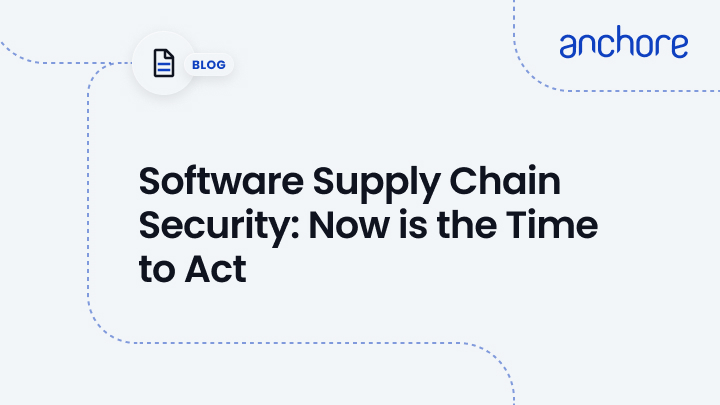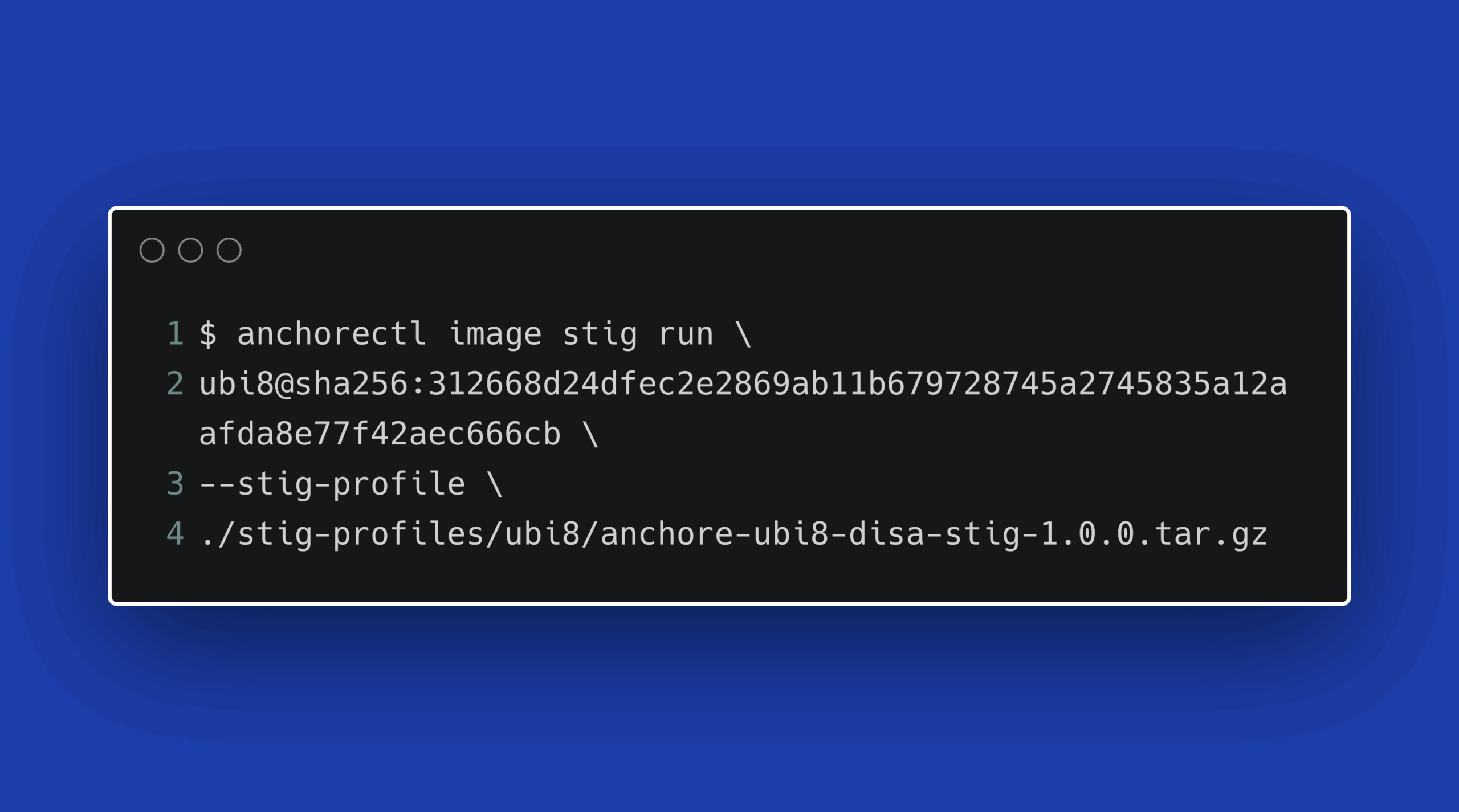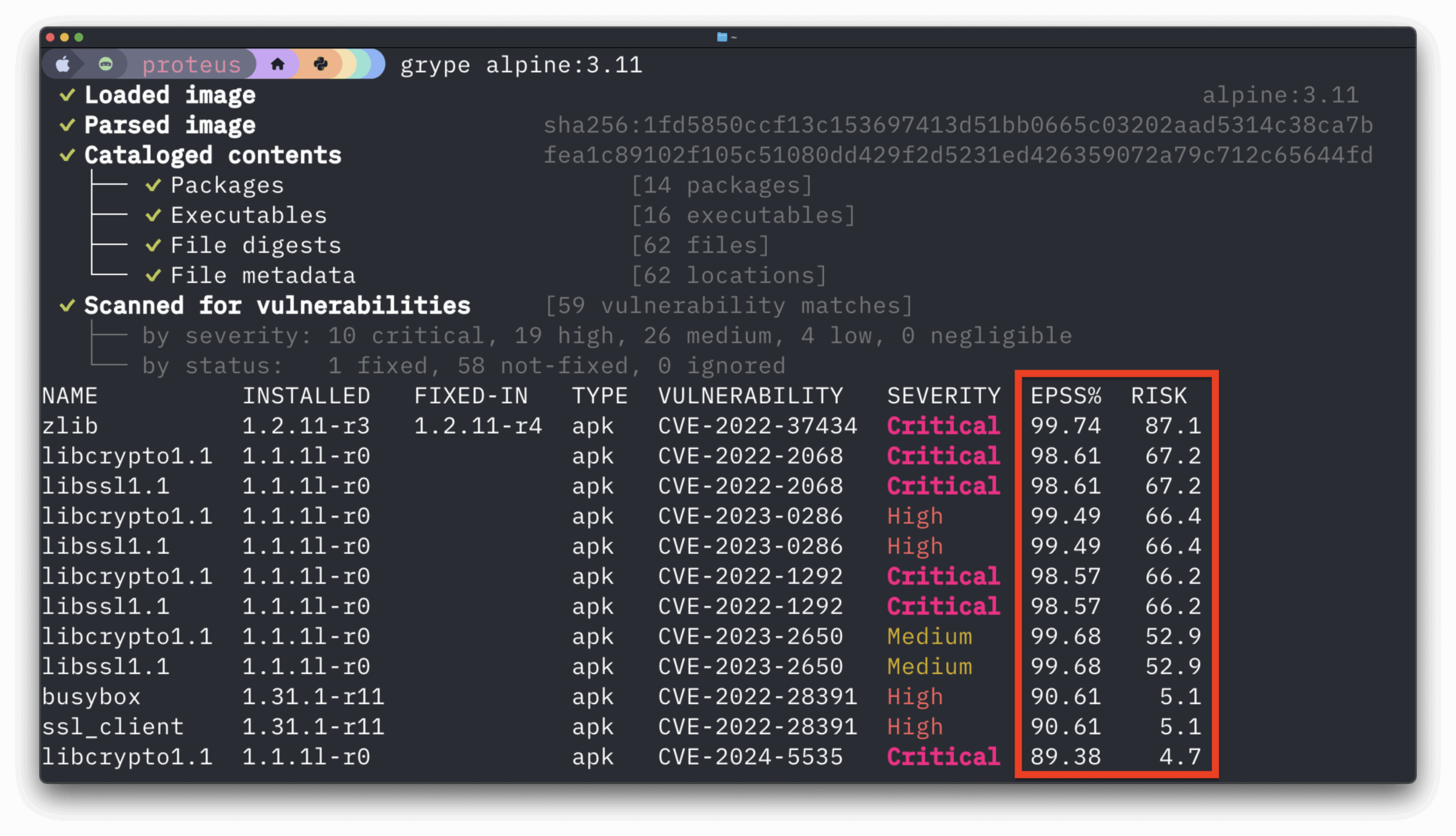It’s time to make evaluating and mitigating software supply chain security attacks top of mind as government agencies, corporations, industry analysts, and security firms try to chart a course forward for supply chain security after the SolarWinds hack.
Security Challenges
Here are some software supply chain security challenges you should keep at top of mind now and in the future:
- Software updates are a well-known best practice but can also introduce risk. However, with SolarWinds, customers received software that was signed but compromised. In following this best practice, they did just what the attacker wanted by installing the compromised software on your systems.
- Software behavior monitoring — another best practice — met its match in the stealthy and patient attackers who created so much damage inside SolarWinds before their discovery.
- Source code reviews are inefficient, as the SolarWinds hack shows. Some reports point out that attackers had control of the SolarWinds build environment, making it possible for them to insert malicious code without knowing the SolarWinds Orion development team.
When traditional security practices and solutions such as these fail on such a grand scale, it becomes time to reevaluate how software supply chain security works in organizations of all types.
The SolarWinds hack exposes many of the significant drawbacks of today’s supply chains to the light of new and changing cybersecurity realities.
Changing supply chain security means galvanizing your teams and counterpart teams in all the commercial partners and vendors that touch your supply chain to become true partners with open communication lines, collaboration, and knowledge sharing.
While large corporations may vet software vendors’ security through questionnaires or independent assessments, more still needs to be done to reduce risks across the software supply chain. Work beyond that initial questionnaire and subsequent onboarding means focusing on automated vulnerability scans and other methods to shore up your process for bringing in software components or applications.
Security, development, and IT teams must collaborate to ensure sufficient security checks and remediation of issues at each software supply chain stage. Those compliance processes must apply to software from all sources, whether open source, commercial vendors, or internal developers.
Best Practices
There isn’t a single security solution that can secure your software supply chain from attacks. The gravity of the SolarWinds attack is an invitation for you and your software supply chain partners to collaborate and reassess the security, governance, communications, and collaboration needs across your supply chain. Here are some best practices you are bound to see and experience in the post-SolarWinds world:
- Improve relationships and collaboration
- Improve governance of software onboarding
- Harden your build environment
- Require an SBOM for all partners and vendors
- Implement Defense in Depth
- Apply “Zero Trust” to software supply chain security
- Create a “kill chain” for your software supply chain
Read our White Paper
Today, software supply chain security requires continuous awareness, collaboration, and new strategies. We no longer live in a time to sit still when it comes to software supply chain security.
Software Supply Chain Security, Best Practices for Cloud-Native Application Development



